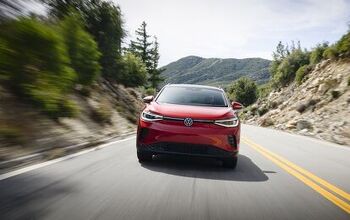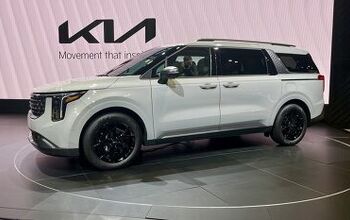Lithium-ion Batteries to Cost 30% Less By 2017
In order to begin seeing the cost benefits of fuel frugality, an ownership period may be as long as 6 years before money saved at the tank can make the initial premium of the hybrid technology seem worth it. Because of the long payback period, hybrids seem less appealing, reflected by the small market share of hybrid vehicles in North America at a mere 2.2 percent.
However, research firm Pikes Research predicts that the price difference between EVs and gasoline-powered cars will gradually lessen as the cost of lithium-ion battery production is expected to drop by over 30 percent by the end of 2017.
The key component for the drop in Li-Ion battery costs is the continuous innovation in the field of Li-ion battery technology and the streamlining of manufacturing processes to make its construction more cost effective. What’s more, as the access to lithium becomes more common, the price of raw materials should fall as well. Basically, Pikes Research claims, a growing demand of electric and hybrid vehicles will become the catalyst for the future cost decline.
Research director John Gartner explains, “The market for Li-Ion batteries will be driven primarily by plug-in hybrid electric vehicles (PHEVs) and battery electric vehicles (BEVs), which require much larger battery packs than hybrids.” Gartner then adds, “Reducing the installed price of EV batteries to $523 per kilowatt hour in 2017 will be a critical step towards making PEVs cost-competitive with petroleum-powered vehicles.”
Studies from Pikes Research suggest that if electric and plug-in hybrid vehicles could really narrow the price gap, then the market for Li-Ion batteries will increase from $2 billion in 2011 to $14.6 billion by 2017. Approximately half of the demand is expected to come from Asia, 25 percent from the United States, and 21 percent from Europe.
[Source: Pikes Research]
More by Danny Choy































Comments
Join the conversation
Porsche Cayenne GTS http://gt36.blogspot.com/2012/07/porsche-cayenne-gts.html MINI COOPER http://gt36.blogspot.com/2012/06/mini-cooper.html Pontiac G8 GXP http://gt36.blogspot.com/2012/06/pontiac-g8-gxp.html Lotus Evora http://gt36.blogspot.com/2012/06/lotus-evora.html Shelby Cobra http://gt36.blogspot.com/2012/06/shelby-cobra.html